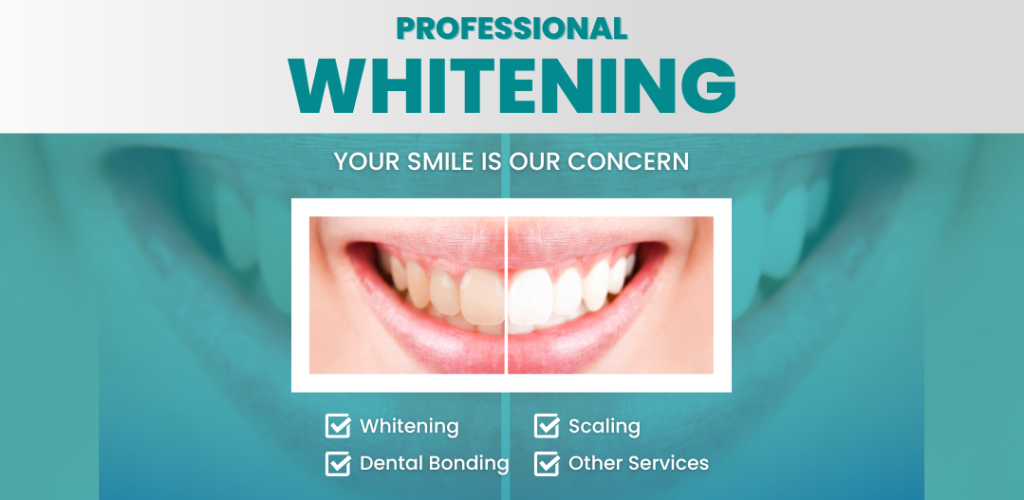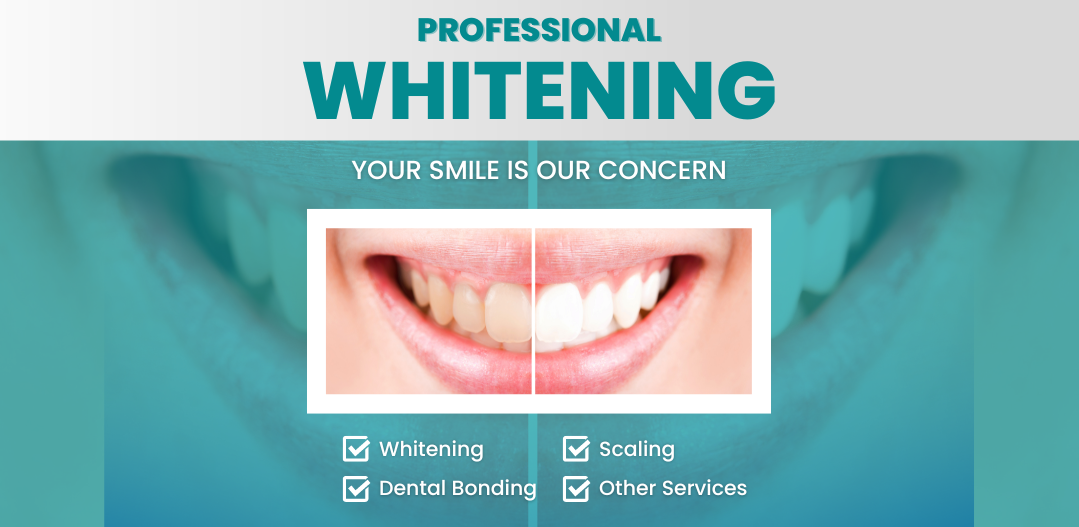Teeth Whitening Procedures And Their Effectiveness
Teeth whitening procedures are becoming increasingly popular as more individuals aim to achieve a brighter and more confident smile. While it is natural for teeth to turn yellow with age, certain habits such as smoking, drinking coffee or wine, and consuming sugary and acidic foods can accelerate the staining process.
Fortunately, there are several effective teeth whitening procedures available, ranging from in-office treatments to at-home kits and even natural remedies. This article aims to explore the most popular teeth whitening procedures, providing scientific evidence and real-life examples of their effectiveness, as well as tips for maintaining results and potential risks and side effects.
In-Office Teeth Whitening
In-office whitening is the most popular and effective teeth whitening procedure available. This treatment involves visiting a dentist or dental hygienist who applies a high-concentration hydrogen peroxide or carbamide peroxide solution to the teeth. The solution is then activated using a special light or laser, which helps break down stains and discoloration.
According to a study published in the Journal of Dentistry, in-office teeth whitening can lighten teeth by up to eight shades in a single session. The procedure usually takes around 60-90 minutes and can cost anywhere from $500 to $1,500 depending on the location, dentist, and specific treatment.
One of the significant advantages of in-office whitening is that it is performed by a trained dental professional who can ensure safety and comfort during the process. Additionally, the results are immediate and long-lasting, with many individuals achieving a brighter smile that lasts up to a year.
However, some individuals may experience sensitivity during or after the treatment, which can be managed with desensitizing products such as fluoride. Additionally, in-office treatments are not suitable for everyone, particularly those with severe discoloration, sensitive teeth, or existing dental work such as crowns or veneers.
At-Home Teeth Whitening Kits
At-home whitening kits have gained popularity as a convenient and cost-effective alternative to in-office treatments. These kits usually come in the form of whitening strips, gels and trays that can be easily used at home.
The active ingredient in these products is often hydrogen peroxide or carbamide peroxide, which works by breaking down stains and discoloration on the surface of the teeth. The concentration of the solution in at-home whitening kits is usually lower than in-office treatments, which results in a slower and more gradual whitening process.
According to a study published in the Journal of Clinical and Experimental Dentistry, at-home teeth whitening kits can lighten teeth by up to six shades over a two-week period. While the results are not as immediate as in-office treatments, they offer a more affordable and convenient option for those who prefer to whiten their teeth at home.
However, following the instructions and recommendations provided with the product is crucial to avoid overusing or causing sensitivity. At-home kits are also not suitable for individuals with severe discoloration or dental work such as crowns or veneers.
Natural Teeth Whitening Remedies
Several natural remedies have gained popularity as teeth whitening alternatives, with claims of being safe, cost-effective, and environmentally friendly. These remedies include baking soda, activated charcoal, coconut oil pulling, and fruit such as strawberries and lemons.
- Baking soda is a popular ingredient in toothpaste and can be used as a natural teeth whitener when mixed with water to form a paste. According to a study published in the Journal of Iconic Research, baking soda can help remove surface stains and discoloration, resulting in a brighter smile.
- Activated charcoal has also gained popularity as a natural teeth whitener. The charcoal powder is usually mixed with water to form a paste, which is then applied to the teeth for a few minutes before rinsing. Some studies suggest that activated charcoal can absorb stains and discoloration on the teeth, resulting in a brighter smile.
- Coconut oil pulling is a traditional remedy that involves swishing coconut oil around in the mouth for 10-15 minutes before spitting it out. While there is limited scientific evidence to support its effectiveness, some studies suggest that coconut oil pulling can help remove bacteria and plaque from the mouth, resulting in improved oral health and a brighter smile.
- Fruits such as strawberries and lemons contain natural acids and enzymes that can help remove surface stains on the teeth. However, it is crucial to be cautious when using acidic fruits as they can erode the enamel if overused.
While natural remedies offer a more affordable and environmentally friendly option for teeth whitening, it is important to note that they are not as effective as in-office or at-home whitening kits. Additionally, some remedies may cause damage to the teeth if overused or not used correctly.

Maintaining and Prolonging Teeth Whitening Results
Regardless of the teeth whitening procedure chosen, maintaining good oral hygiene practices is crucial in prolonging the results. Brushing twice a day, flossing daily, and consuming a balanced diet can all help prevent further discoloration and maintain a brighter smile.
Additionally, avoiding habits such as smoking and excessive consumption of coffee, wine, and acidic foods can help prolong the whitening results. Touch-up treatments, either in-office or at home, can be done periodically to maintain the results.
Risks and Side Effects of Teeth Whitening
While teeth whitening procedures are generally safe when performed correctly, there are some potential risks and side effects to be aware of. These include sensitivity, gum irritation, and damage to the enamel if overused or used incorrectly.
It is crucial to follow the instructions provided by the dental professional or the manufacturer to avoid these risks and side effects. If sensitivity or discomfort persists, it is essential to consult a dentist or dental hygienist for advice.
Concluding Remarks on Teeth Whitening
There are several teeth whitening procedures available, ranging from in-office treatments to at-home kits and natural remedies. In-office whitening is the most effective and immediate, while at-home kits offer a more convenient and cost-effective option. Natural remedies offer an environmentally friendly and affordable alternative but are not as effective as other options.
Regardless of the procedure chosen, maintaining good oral hygiene practices and avoiding habits that can cause further discoloration are crucial in prolonging the results. It is essential to follow instructions and recommendations provided by dental professionals or manufacturers to avoid potential risks and side effects.









